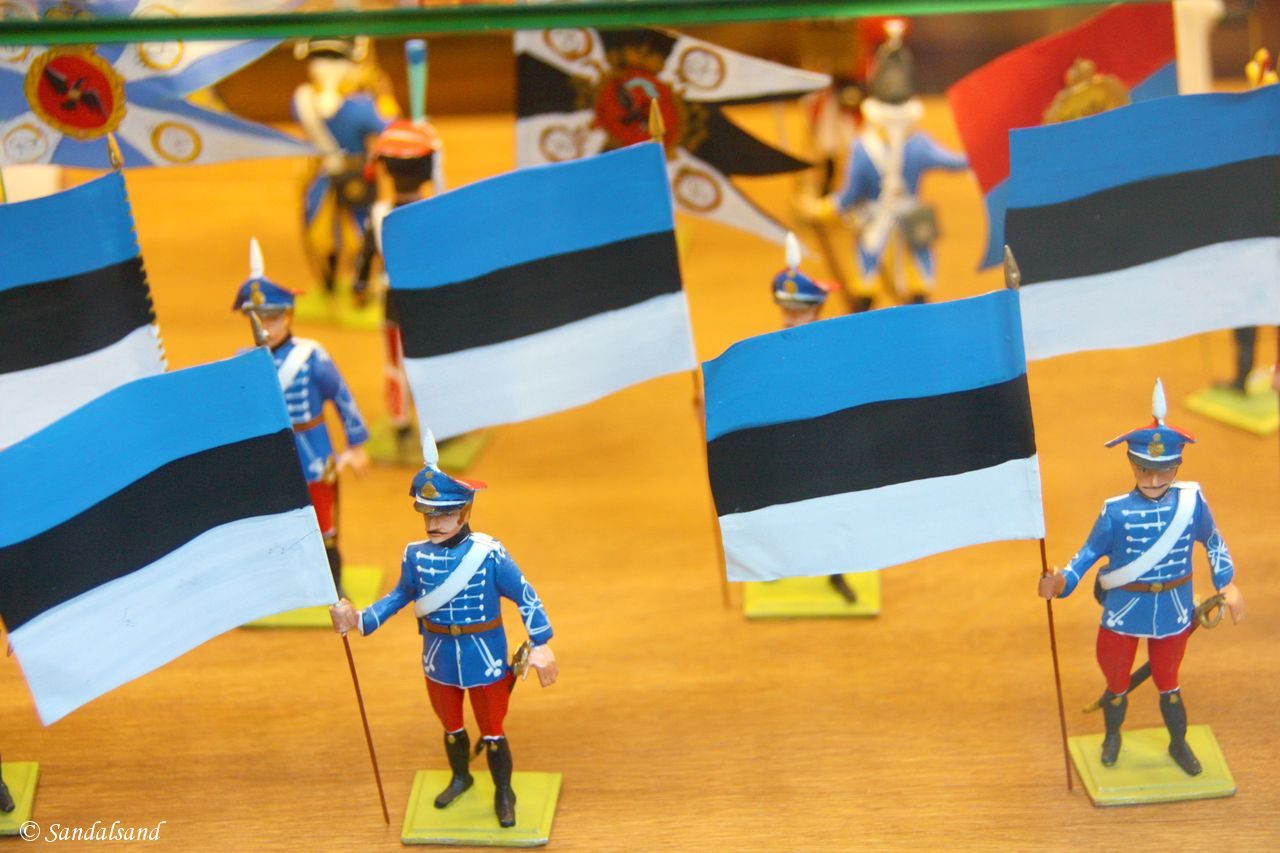I have found a new contender on the list of the world’s most beautiful cities. Prague has held the number one title for years, but Tallinn has become a fierce rival.
The arrival
I arrived in Tallinn late in the evening on a bus from Riga, the capital of Latvia. Having booked tickets with a company offering free Wi-Fi on board, I was well aware of where I had arrived and where my hotel was situated. I had Google Maps installed on my smart phone.
Outside the December sun had set hours ago, and even though I knew my hotel was within walking distance, I sought out the line of taxis waiting at the city’s central bus station. It was late, it was dark and I was eager to find my hotel so I could start looking for a place to eat.
I got into a taxi, told the driver the name and address of my hotel and sat back in my seat. Then I recalled that one of my other apps, XE Currency, was naming the Estonian currency as Kroon. I had no Kroons on me, so I asked the driver if I could pay in Euros. He looked confused and muttered something I translated as a positive sign of acknowledgement.
Checking into my hotel I asked the receptionist how I would be able to get local currency. Oh, there are several ATMs up the road, she replied. I found one, and I was only able to withdraw Euros. At that moment, or was it later, I realised that Estonia was a member of the Euro zone. The Kroon has been history for a couple of years, the highly acclaimed app called XE Currency was totally out of date – and still is at the time of writing this five months later.
Lesson learned: Never trust even the most trusted apps.
Tallinn and Estonia
What’s all this got to do with Tallinn, the capital of Estonia? Not much really, but it may serve as an introduction to this fact list:
Estonia is the northernmost of the small Baltic States, bordering on Russia to the east and Latvia to the south. Finland is a short ferry ride to the north and Sweden an overnight ferry to the west. Finnish speaking visitors arrive in Tallinn by the hundreds every day, on day-trips. The two languages are related, and with Hungarian they make up the very special Finnish-Ugric language family.
Estonia has a population of only 1.3 million, with a quarter being ethnically Russian. This small country (45K square km) has only few times in history maintained sustained periods of independence, in spite of having a distinct language. Estonia was part of the Soviet Union but broke free in the early 1990s and managed to enter a rapid Westernisation process by joining the EU and the Euro zone, as well as NATO for matters of military security.
Henceforth I will concentrate on my impressions from the city, and let me repeat my conclusion: I have found a top contender on the list of the world’s most beautiful cities. Tallinn is full of charm, with an old-fashioned, medieval atmosphere.
What a wall!
There is something fascinating about city walls. I mean, Ronald Reagan once pleaded the Russian president to “tear down this wall”, speaking of the Berlin Wall. A couple of years later I was there, chopping off pieces of the wall a few metres from where the American president had stood. I have been to several Tuscan cities with amazing medieval city walls, like the one in Lucca. I have even written a special article about such walls on this blog.
The magic of Tallinn is tightly connected to its wall and everything within the wall. It’s medieval, it’s genuine, it’s vibrant and it’s magical. This makes the Old Town of Tallinn a real world class destination. That is not only my words, but there is an official sign of approval from the UNESCO World Heritage Committee: This is a World Heritage Site, and that is the very reason I came here in the first place.
During my visit to Tallinn, as the last of the capitals on a combined Poland and Baltics tour, I got no impression of other parts of the Estonian capital. That may have been a fault on my side, but the case is that I utterly enjoyed walking on the old medieval wall encircling the old town, as well as walking around it, and not least enjoying the cityscape within the walls.
What there is to see
On the one hand, one might argue that there is no particular sightseeing highlight representing a must-see within the city wall. What continues to fascinate so many visitors is the overwhelming magnitude of old buildings, cobbled stone streets, archways, churches, squares, steep steps and awesome viewpoints.
On the other hand, there are a few sights I would like to mention.
The City Hall Square is a world apart. You will want to spend time here the moment you enter the square. The setting is unique, the life is pulsating no matter what time of the year, or clock, you arrive. In summer the restaurants are serving their drinks and food outside, and when I was there the week before Christmas there was a very nice, high-quality Christmas market filling the square. It was actually complete with genuine reindeer brought over from neighbouring Finland.
On the hill behind the City Hall towers a couple of cathedrals, one Lutheran and one Russian Orthodox. One should have a look inside them both, but I found the Alexander Nevsky Russian cathedral the most interesting of the two. The old women begging at the bottom of the steps outside, was a reminder that not everything has become better in the one-time Soviet Union. During my short stay I saw more signs as well.
Once up here, you will need to seek out the viewpoints overlooking the sea and city. I was lucky to get a nice sunset view on several of them.
Eat and sleep
I stayed two nights at the Taanilinna Hotel in the Old Town. This is how I described it on TripAdvisor under the heading of “Average charming place” (3 of 5 points): “The location is good though very near the pleasant Old Town. Wifi in rooms is unstable. One will constantly have to log in again. Breakfast is rudimentary with no attempt at offering that little extra. Very good and helpful receptionists. Would return. “ (This location of the hotel was temporary, the hotel proper is actually situated elsewhere but they were redecorating the place.)
The first evening I arrived shortly before midnight but was able to get something to eat, somewhere. The next day I, for some reason, went for an Italian lunch, at the Trattoria del Gallo Nero in Lai Street. It was actually quite good. Eating is half the fun of visiting new places, and although Eastern European cuisine does not stand out as particularly exciting, I did find a very pleasant place serving quality Estonian food. It is called Ulvi Kook and is located in a street called Puhavaimu.
Read more
The week before Christmas 2013 I went on a fast moving road trip between four Eastern European capitals all with old towns inscribed on UNESCO’s World Heritage List. This was the last chapter in this series. Read the introduction and the individual entries about Warsaw, Vilnius, Riga and Tallinn. You may also want to have a look at my entry about Tallinn as a World Heritage Site.
Images from Tallinn



